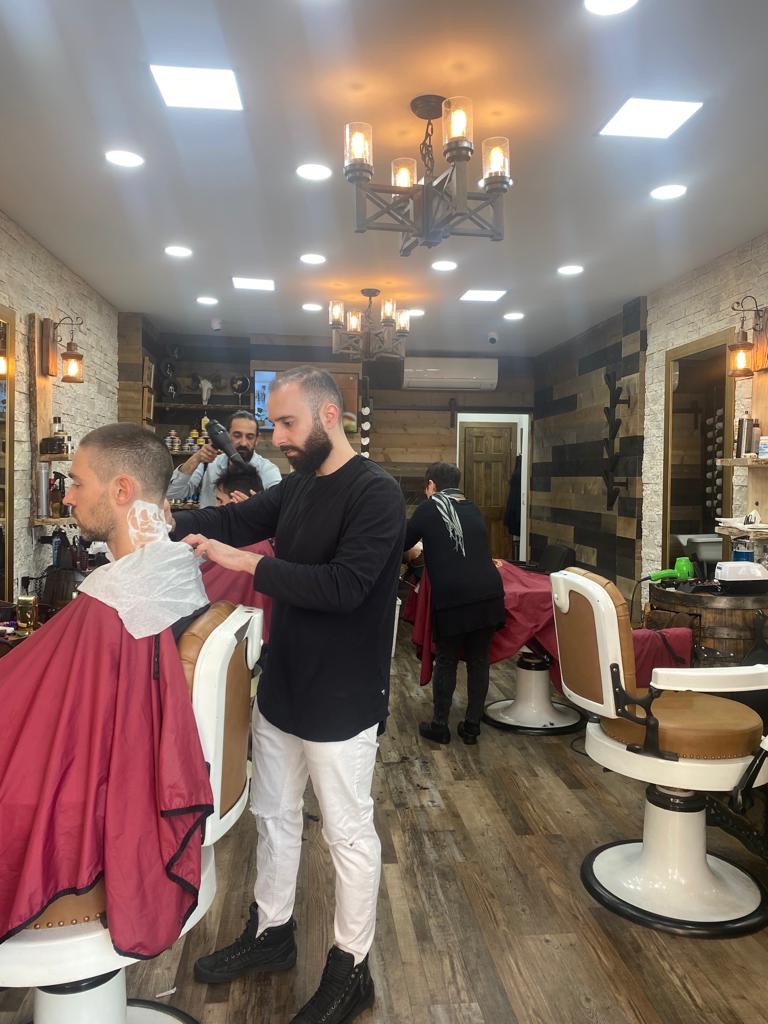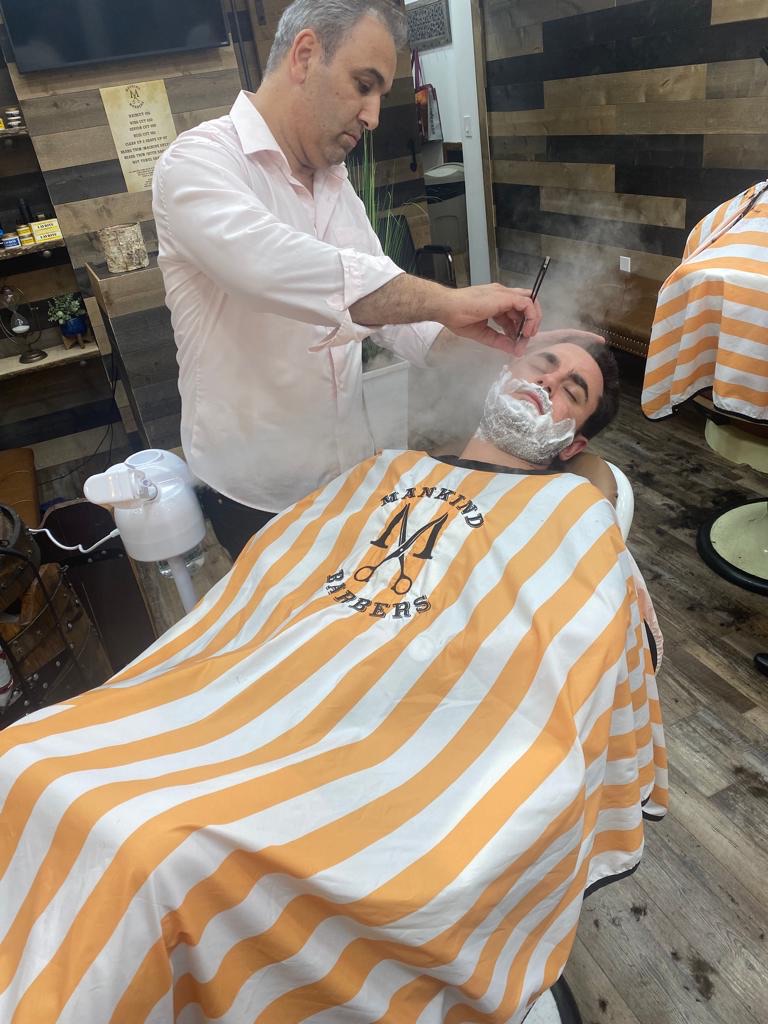Frequently Asked Questions
To properly maintain and strop a straight razor, one must first ensure the blade is clean and dry after each use to prevent rust and corrosion, which can be achieved by rinsing it with warm water and thoroughly drying it with a soft cloth. Regular stropping is essential to keep the edge sharp and aligned; this involves using a high-quality leather strop, often with a canvas or linen component, to polish and refine the blade's edge. The razor should be drawn across the strop with the spine leading and the edge trailing, maintaining a consistent angle to avoid dulling. Applying a light layer of strop paste or dressing can enhance the leather's effectiveness, while periodic honing on a whetstone or honing stone is necessary to restore the blade's sharpness when stropping alone is insufficient. Proper storage in a dry environment, possibly with a silica gel packet to absorb moisture, and occasional oiling of the blade with a light mineral oil or camellia oil can further protect against oxidation and ensure the razor's longevity.
To avoid nicks and cuts while using a straight razor, one should prioritize proper skin preparation and technique. Pre-shave routines should include thoroughly cleansing the face with warm water to soften the hair follicles and applying a high-quality shaving cream or gel to create a protective lather. The straight razor must be honed and stropped to ensure a sharp edge, reducing the risk of tugging and irritation. Holding the razor at a 30-degree angle to the skin is crucial, as this minimizes the chance of cutting while allowing for a close shave. Employing short, controlled strokes and maintaining a steady hand can further prevent accidental nicks. Additionally, stretching the skin taut with the free hand provides a smooth surface for the blade to glide over, reducing the likelihood of cuts. Post-shave care, including rinsing with cold water and applying an antiseptic or soothing aftershave balm, can help close pores and prevent infection from any minor abrasions.
A straight razor should be honed approximately every 6 to 8 weeks to maintain optimal sharpness, though this can vary based on the frequency of use and the coarseness of the beard being shaved. Regular honing is essential to realign the blade's edge, ensuring a smooth and precise shave. The process involves using a high-grit whetstone or honing stone, typically ranging from 8,000 to 12,000 grit, to refine the cutting edge. Additionally, stropping the razor on a leather strop before each use helps maintain the blade's keenness by polishing and straightening the microscopic teeth along the edge. Factors such as the steel quality of the blade, the angle of the shave, and the user's technique can also influence how often honing is necessary. Proper maintenance, including regular cleaning and drying of the razor, can extend the intervals between honing sessions, preserving the blade's integrity and performance.
A high-quality shaving cream or soap recommended for use with a straight razor is one that provides a rich, protective lather, ensuring a smooth glide and minimizing irritation. Traditional wet shavers often prefer tallow-based soaps or creams with glycerin, as these ingredients offer superior lubrication and moisture retention. Products with natural oils, such as coconut oil or shea butter, enhance skin hydration and create a cushion between the blade and the skin. Essential oils like sandalwood, eucalyptus, or lavender not only impart a pleasant aroma but also possess soothing and anti-inflammatory properties. Artisanal shaving soaps, often crafted in small batches, are favored for their dense, creamy lather and high-quality ingredients. Brands like Taylor of Old Bond Street, Proraso, and Mitchell's Wool Fat are renowned for their luxurious formulations that cater to the needs of straight razor enthusiasts, ensuring a close, comfortable shave while protecting the skin from nicks and cuts.
To safely shave difficult areas like the chin and jawline with a straight razor, one should first ensure the skin is well-prepared by using a hot towel or shower to soften the hair and open the pores. Applying a high-quality shaving cream or soap with a dense lather will provide the necessary lubrication and protection. Holding the razor at a 30-degree angle is crucial to avoid nicks and cuts, while using short, controlled strokes will help maintain precision around the contours of the chin and jawline. Stretching the skin taut with the free hand can prevent the blade from catching on uneven surfaces. It's important to shave with the grain initially to minimize irritation, and then, if necessary, perform a second pass across or against the grain for a closer shave. Rinsing the blade frequently in warm water will keep it clean and effective. After shaving, applying a soothing aftershave balm or lotion can help calm the skin and reduce any potential irritation or razor burn.

